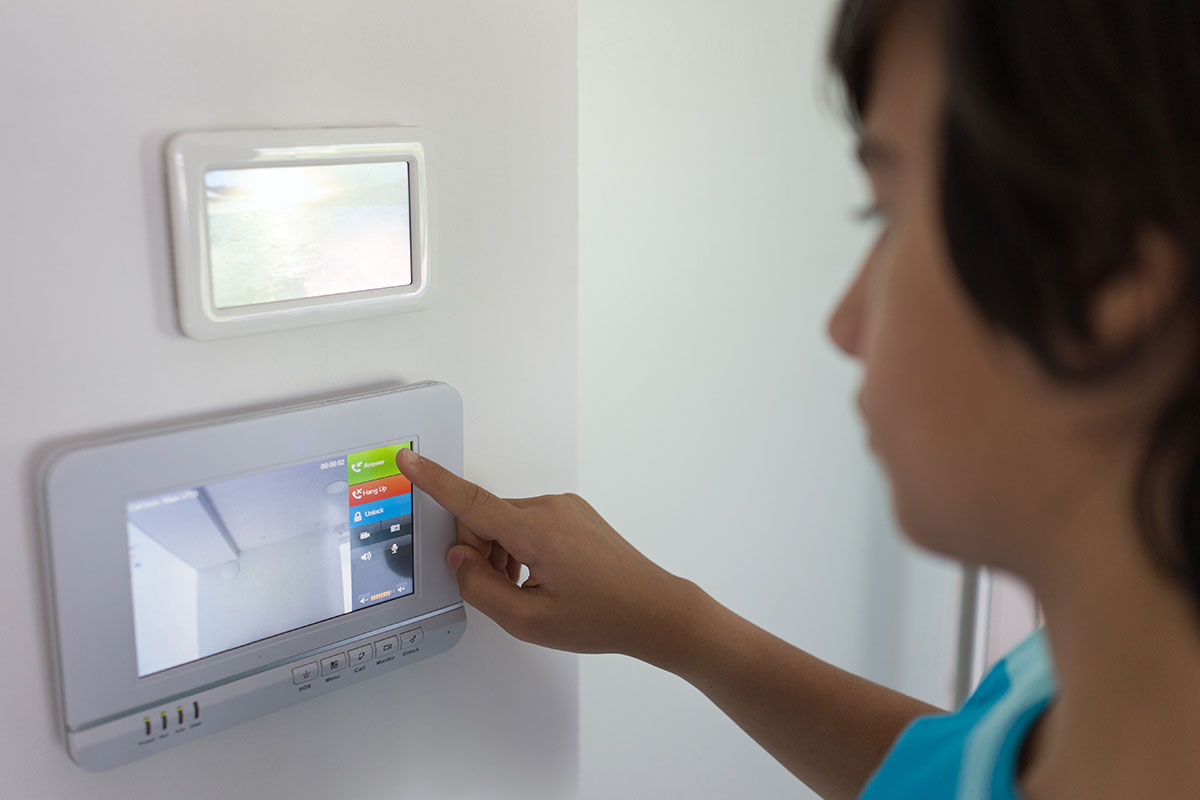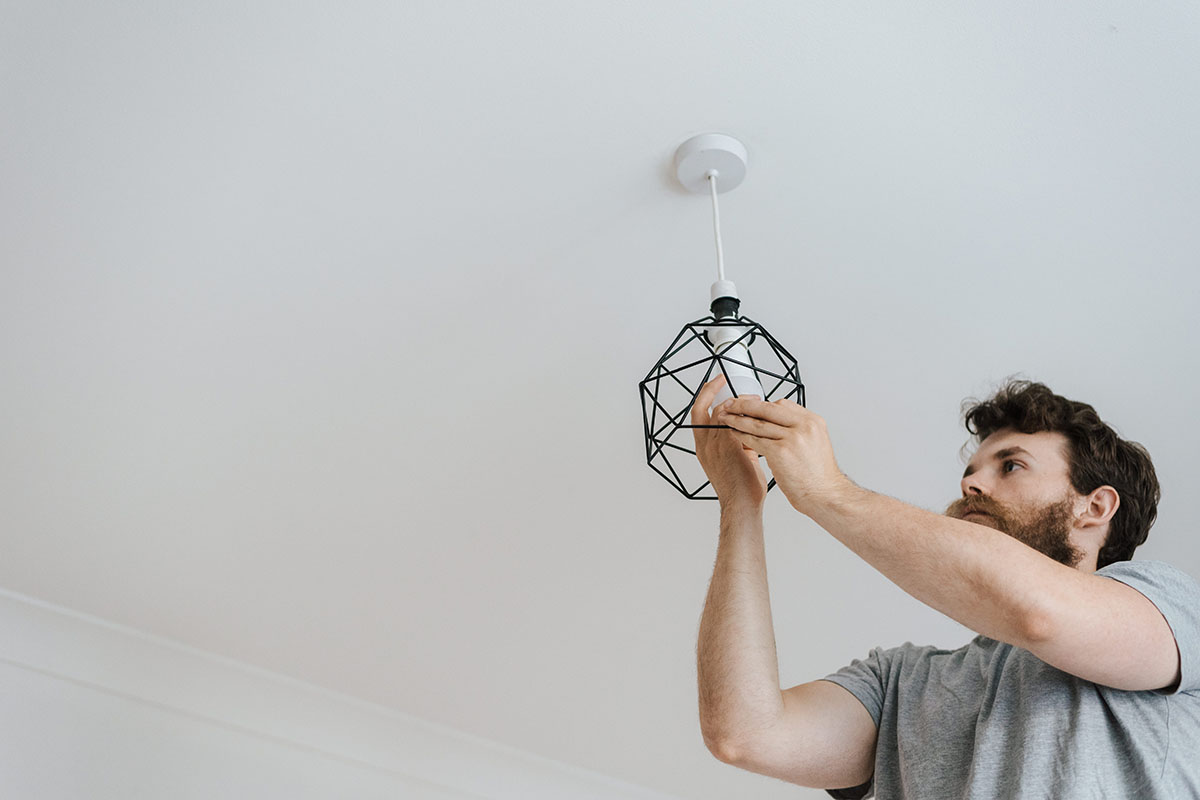Understanding Residential Electrical Systems for a Safer Home
Electricity is essential for modern life because it provides us with energy, light, and heat. Through the Internet and digital communication technology, we can also communicate on a global scale.
Indeed, electricity is essential for every aspect of human society, from business to education and entertainment.
In addition, it is essential to have a basic understanding of the residential electrical system to ensure the safety of your house’s safety and avoid several electrical hazards.
Consequently, if you are a homeowner and want to learn more about the fundamental components of a home electrical system as well as common safety measures, along with tips for maintaining your electrical environment, then you should continue reading this article.
- Electrical service entrance;
- Circuit breakers and fuses;
- Wiring;
- Outlet and switches
Electrical service entrance
The electrical service entrance in any property is where the electricity from the grid enters the home or office.
Indeed, the electrical service entrance consists of the electric meter, which measures the amount of electricity you consume, as well as the service panel.
This is the breaker box, consumer box, or fuse box. In addition, the service panel houses circuit breakers to control the distribution of electricity throughout the property.
Furthermore, if you are experiencing a problem with the electrical system in any property, then you should call an electrician in Bankstown as quickly as you can.
Circuit breakers and fuses
To prevent electrical system overload in any property, you will usually find a circuit breaker, fuse, or electrical switchboards.
These safety devices can protect the electrical system from overloads or short circuits.
This can interrupt the flow of electricity to your property, causing damage to your wiring and appliances.
In addition, if you know how to identify and reset a breaker switch, you will feel a sense of empowerment that you understand the electrical system.
Wiring
The third component of an electrical system is the wiring, which consists of conductive materials, including aluminum and copper, that carry electricity.
Indeed, the electrical wiring is usually concealed within walls, floors, and ceilings.
Understanding the basic concepts of wiring, especially the difference between live, neutral, and ground wires, can help you identify potential electrical issues.
However, if you are experiencing a severe electrical problem with your property, then you must call on the services of a qualified and experienced electrician in New South Wales.
Outlets and switches
Finally, any electrical system will contain outlets, switches, and other points in which the electrical devices connect to the wiring.
Moreover, electrical outlets provide power for your appliances and devices, while switches control the flow of electricity for the lights and other fixtures in your home or office.
Therefore, to summarise, if you are experiencing a problem with the electrical system in your property, you should be aware never to attempt to fix it by yourself but instead call on the services of an electrician.




















